How to grow watercress at home
Find out how to grow watercress at home in pots, in water and from cuttings to enjoy the peppery leaves year round

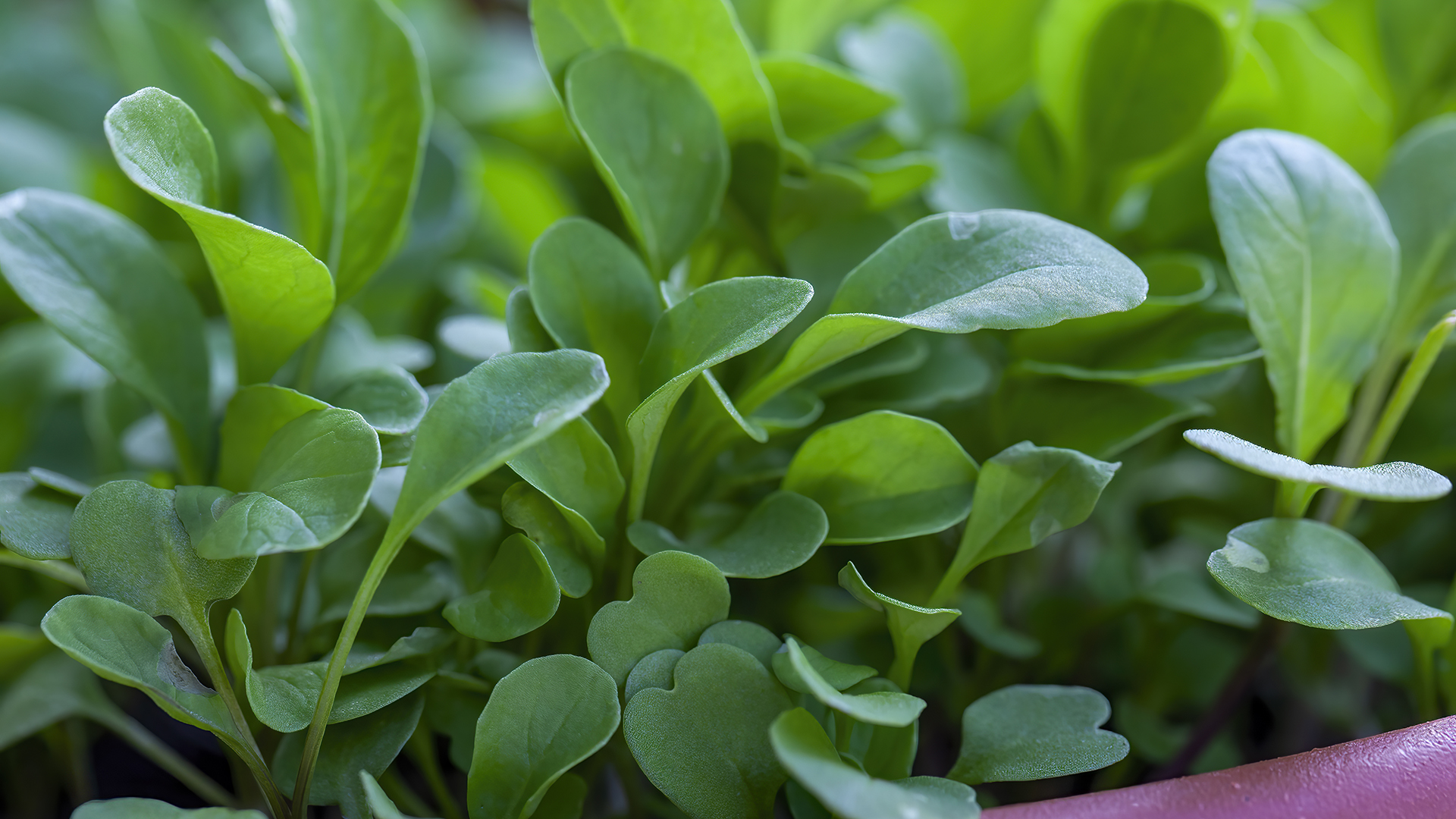
There are a number of methods for how to grow watercress and it is not a hard crop to master. So rather than buying it weekly from the supermarket, nurture your own home harvest of these fresh, peppery leaves that make a great addition to salads, sandwiches and soups.
Featuring in dishes since ancient Greek and Roman times, watercress has long been known for its medicinal qualities, too. High in vitamins A and C, as well as iron, calcium, and folic acid, it is also believed to have high levels of antioxidants, so is definitely a salad leaf worth growing.
See. Kitchen garden ideas - easy ways to get started
Can you grow watercress at home?
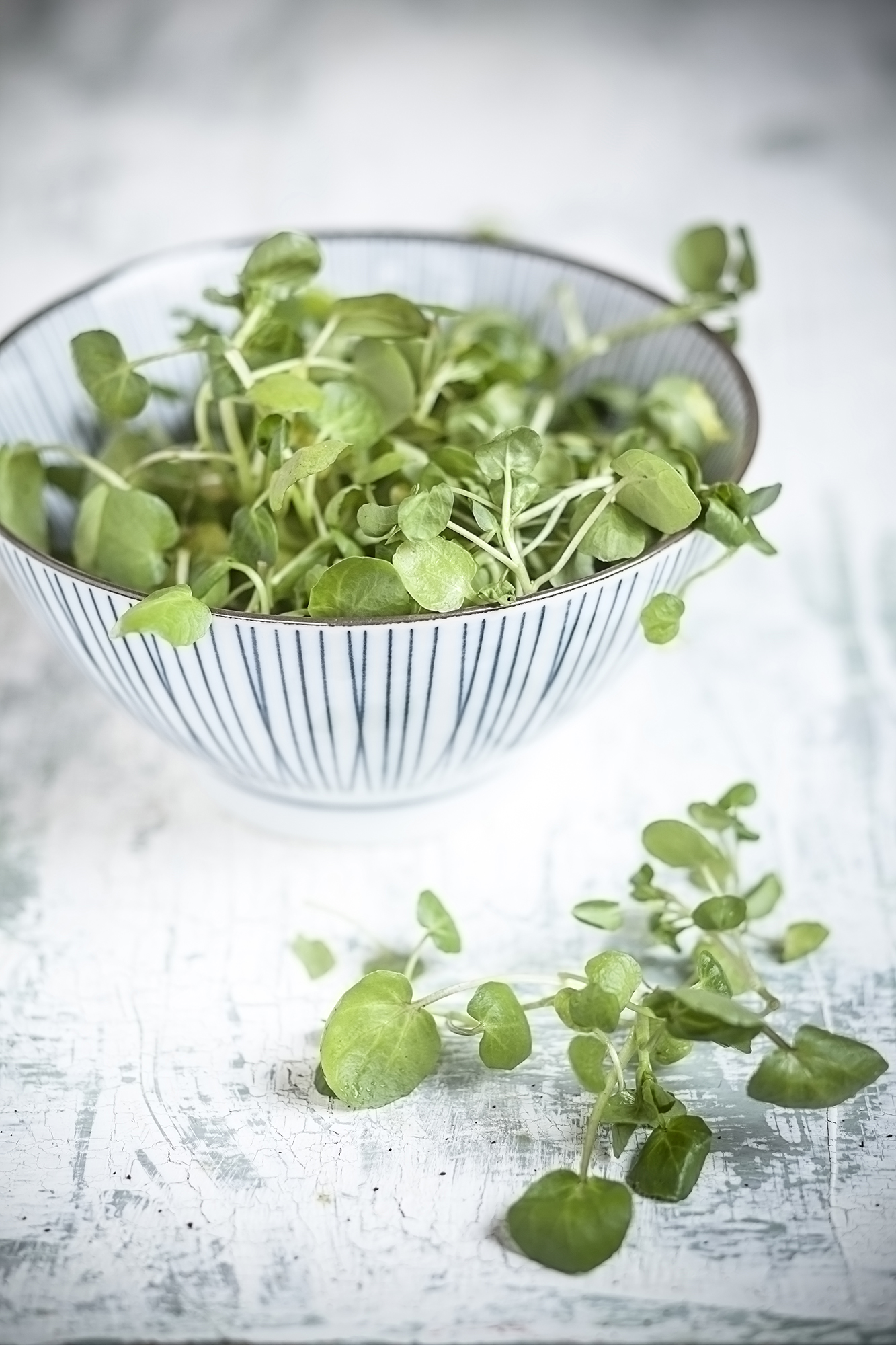
Yes you can grow watercress at home – and there are a number of ways to cultivate it.
Although watercress thrives when grown in water, you don't need a water feature or pond in your garden to be able to grow it. In fact, you can grow watercress even if you don't have a garden, as a microgreen in a pot on a windowsill at any time of year – see more on how to grow microgreens in our dedicated guide.
Watercress 'is very easy to grow in a pond or in a pot. As its name suggests, it does need moisture to grow satisfactorily,' advises gardening expert and writer Alys Fowler in her new book Eat What You Grow.
'All cress types are very easy to grow, but watercress requires uniquely wet growing conditions. If its needs can be met, it’s very easy,' agree the experts at West Coast Seeds.
Design expertise in your inbox – from inspiring decorating ideas and beautiful celebrity homes to practical gardening advice and shopping round-ups.
See: How to grow spinach - in pots, indoors or in raised beds
How long does it take to grow watercress?
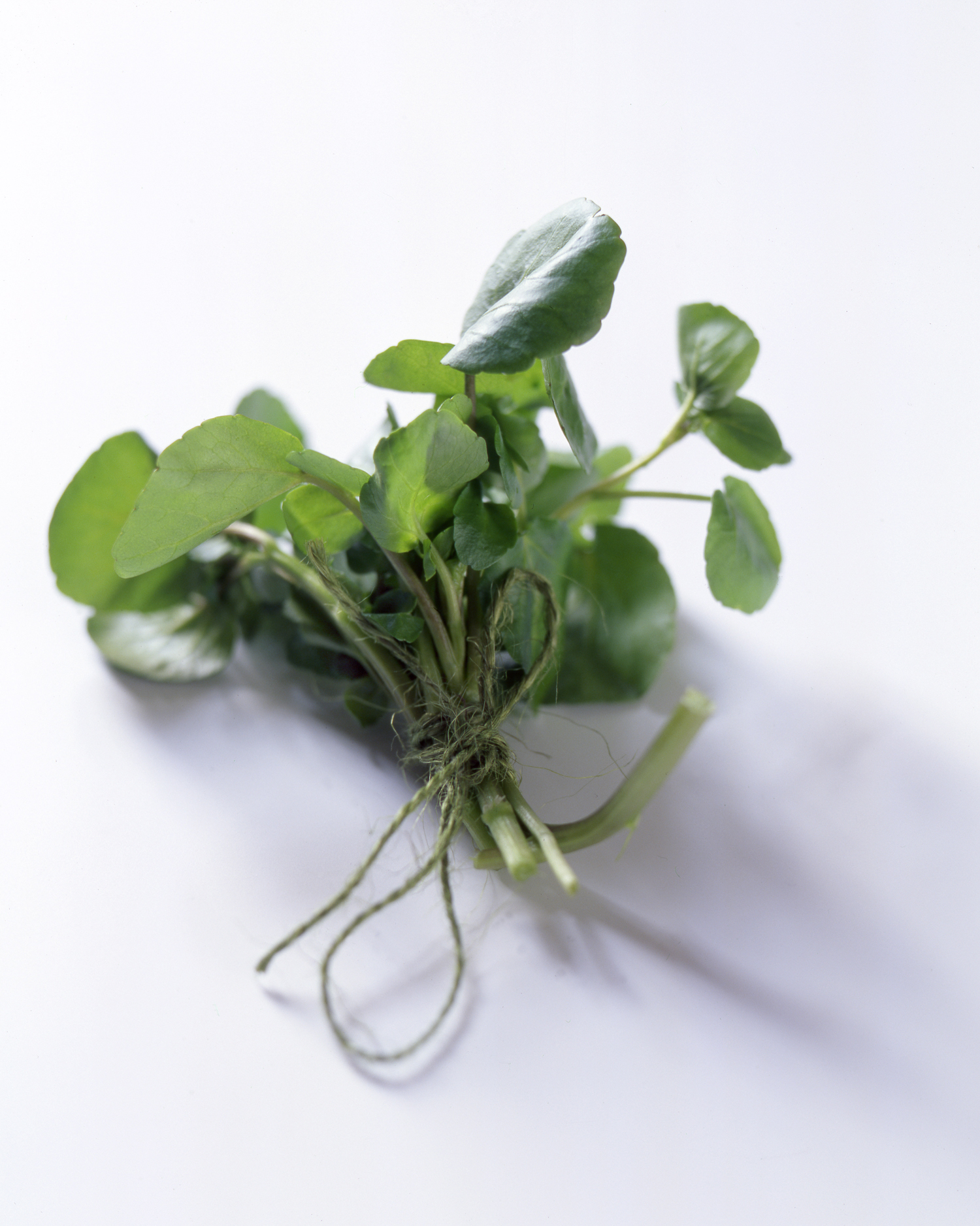
Watercress does not take a long time to grow – in fact, you could be harvesting the first of the peppery leaves as early as four weeks from sowing, depending on when the seeds were sown.
'Growing watercress from seed requires no special skills or equipment. Simply sow the seed directly into containers, in spring, or as soon as the average daily temperatures reach 8-15°C. Germination should occur within 14 days,' explain the experts at seed growers Thompson & Morgan.
If you sow watercress seeds regularly through spring and early summer you can enjoy a constant supply of fresh leaves.
See: Small vegetable garden ideas - from layout designs to the best crops to grow
Where does watercress grow best?
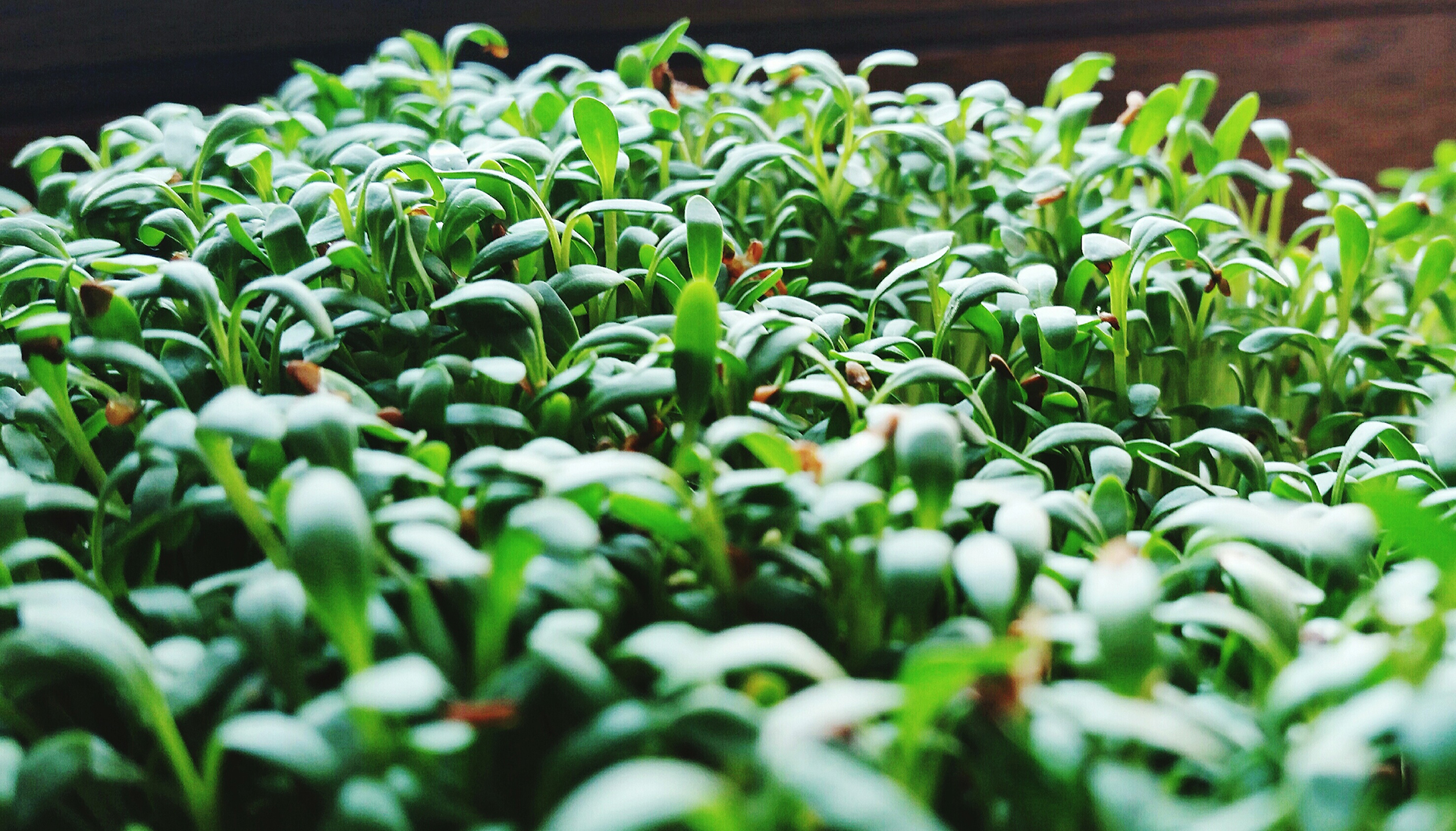
Obviously the space available to you either outdoors or indoors will dictate to a certain extent how to grow watercress, but as long as you provide it with the right conditions, then it will grow well in a variety of places.
'Watercress can grow submerged in water – as it does in a stream – but will do just as well in damp soil,' explains Alys Fowler.
'It wants to be wet but it doesn’t want to be stagnant and, ideally, it wants free-draining, but constantly moist conditions,' she adds.
Growing watercress in containers can actually be easier, as if it is grown in water, the water needs to be kept fresh and bacteria-free, which can be tricky to achieve in a garden.
How to grow watercress from seed
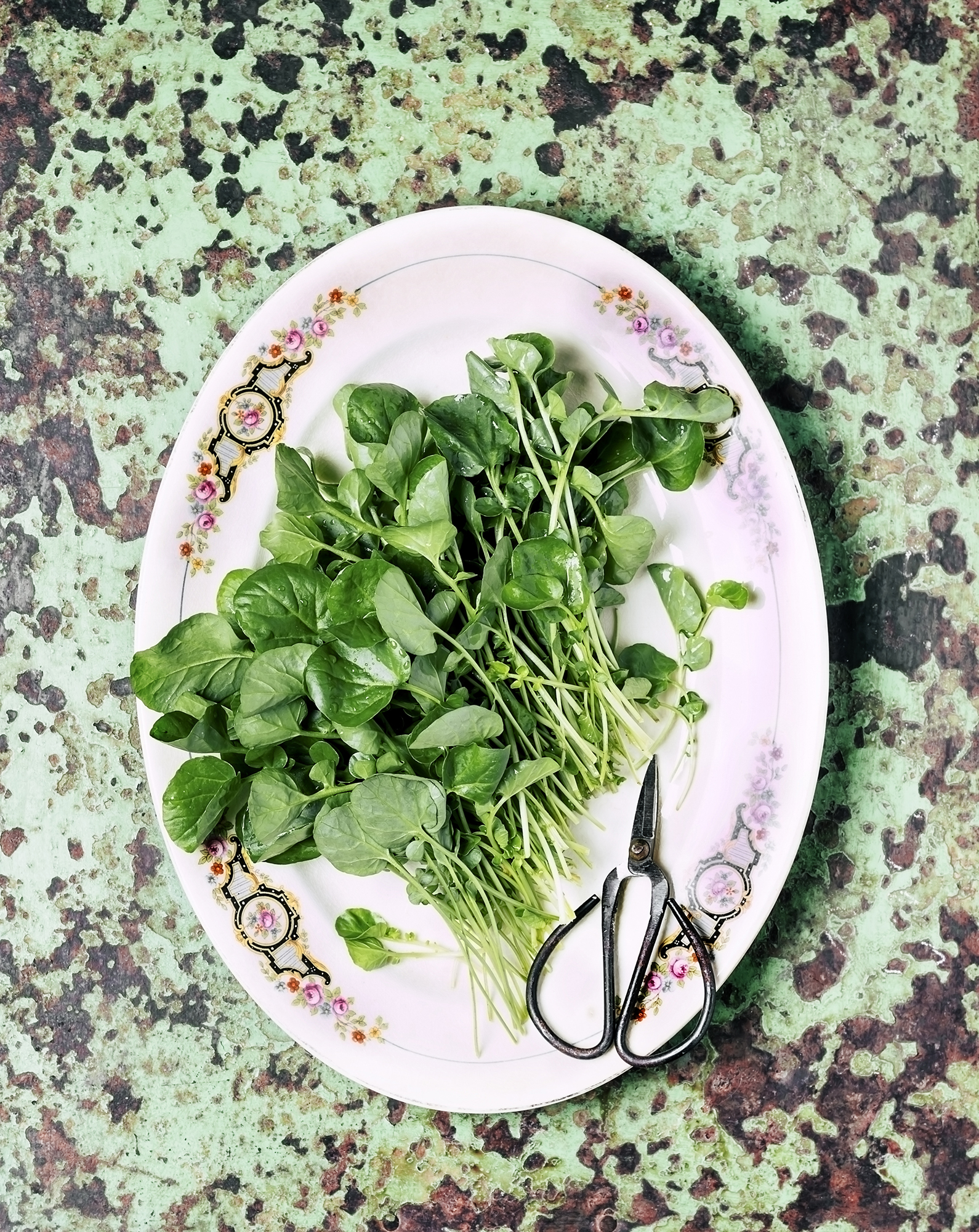
Once it has warmed up to about 8-15°C outside – generally by spring – watercress seeds can be sown directly outdoors.
- If sowing watercress in a pot, sow seeds thinly on pre-saturated, good quality compost.
- If possible mix a little charcoal in with the compost as this can increase the soil’s ability to hold onto plant nutrients, by slowing or reducing the leaching of nutrients through rain or watering.
- There is no need to cover the watercress seeds with compost as they will germinate happily on the surface – this usually takes between seven to 14 days.
- Place the container in a saucer of water and keep it topped up to keep the soil moist.
- 'To prevent any stagnation, make sure to flush the pots heavily twice a week with fresh water,' advise the experts at Thompson & Morgan.
- The seeds germinate best in cool, but not cold, conditions.
- If sowing seeds into the garden, choose a sunny site and dig in compost to about 6-8 inches.
- Sow watercress seeds thinly in the area.
- Keep the planting area moist.
- Ensure the area around the watercress plants is kept free from weeds.
- Feed with a kelp-based fertilizer.
'Whatever pot you grow it in, watercress will do best if there is drainage and if it is endlessly being topped up with water. Although it is a perennial, it is often best to treat it as an annual to maintain its vigor,' advises Alys.
See: How to grow basil, from seed, indoors and out
Can you grow watercress from cuttings?
You can grow watercress from cuttings.
To do this:
- Buy some organic watercress from the supermarket which has visible white roots intact.
- Remove any lower leaves from stems that will rot in water
- Place the stems in a shallow container with rocks at the bottom, filled with water.
- Keep the roots submerged under the water.
- Change the water once or twice a week to keep it bacteria free.
- Pot into compost once there are signs of growth
How to grow watercress in a pond

If you have a water feature in your garden, such as a pond, this is a great place to grow watercress. BUT NOTE: if you're planning to eat the watercress, then do not grow it in the pond as the water will not be fresh enough to make the watercress safely edible.
You can, however, also mimic the natural conditions of a pond or stream by growing watercress plants in a shallow container of water.
To grow watercress in water, fill a pot with compost and sow the watercress seed on the surface. Once the seeds have started to germinate, either submerge the pot in a pond, or in a container – such as an old metal tub – filled with water, so that the top of the pot is about 2 to 3 inches below the surface of the water.
If placed in a pond the watercress should self-seed easily.
Growing watercress on a windowsill

You can also grow watercress seed as a microgreen on a windowsill, and harvest the tiny peppery leaves once the stems are about 2 inches high.
'Watercress can be sown at any time of year providing that a brightly lit area is available,' say the experts at West Coast Seeds.
- Sow watercress seeds into seed trays filled with wet compost.
- Cover the tray with a clear plastic bag and place on a windowsill.
- Once the seeds germinate, remove the bag and start watering.
- Place the tray inside another topped up with water to keep the soil moist.
- Apply liquid fertilizer.
Using this indoor growing method for watercress 'you'll get one, maybe two cuts per tray,' advises Alys.
See: How to grow mint – a beginner's guide
Harvesting watercress
Watercress leaves can be harvested from about 21 days after they emerge, and if you cut or prune the plant back to about 4 inches it will encourage thicker, lusher growth.
Harvest the watercress using scissors and it will then grow back at least once. If you keep sowing seeds every few weeks you will enjoy a continual harvest.
Once the plants start producing their small white flowers the leaves become bitter.
Once you have harvested the leaves, wash them and store in a refrigerator for a few days at most.
Rachel is senior content editor, and writes gardening content for homesandgardens.com, Homes & Gardens magazine, and its sister titles Period Living Magazine and Country Homes & Interiors. She has written for lifestyle magazines for many years, with a particular focus on gardening, historic houses and arts and crafts, but started out her journalism career in BBC radio, where she enjoyed reporting on and writing programme scripts for all manner of stories. Rachel then moved into regional lifestyle magazines, where the topics she wrote about, and people she interviewed, were as varied and eclectic as they were on radio. Always harboring a passion for homes and gardens, she jumped at the opportunity to work on The English Home and The English Garden magazines for a number of years, before joining the Period Living team.
